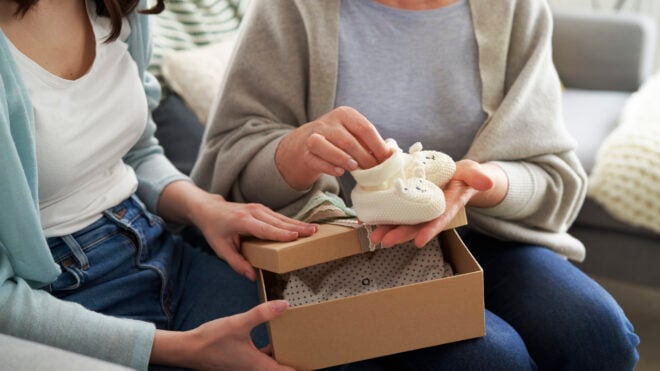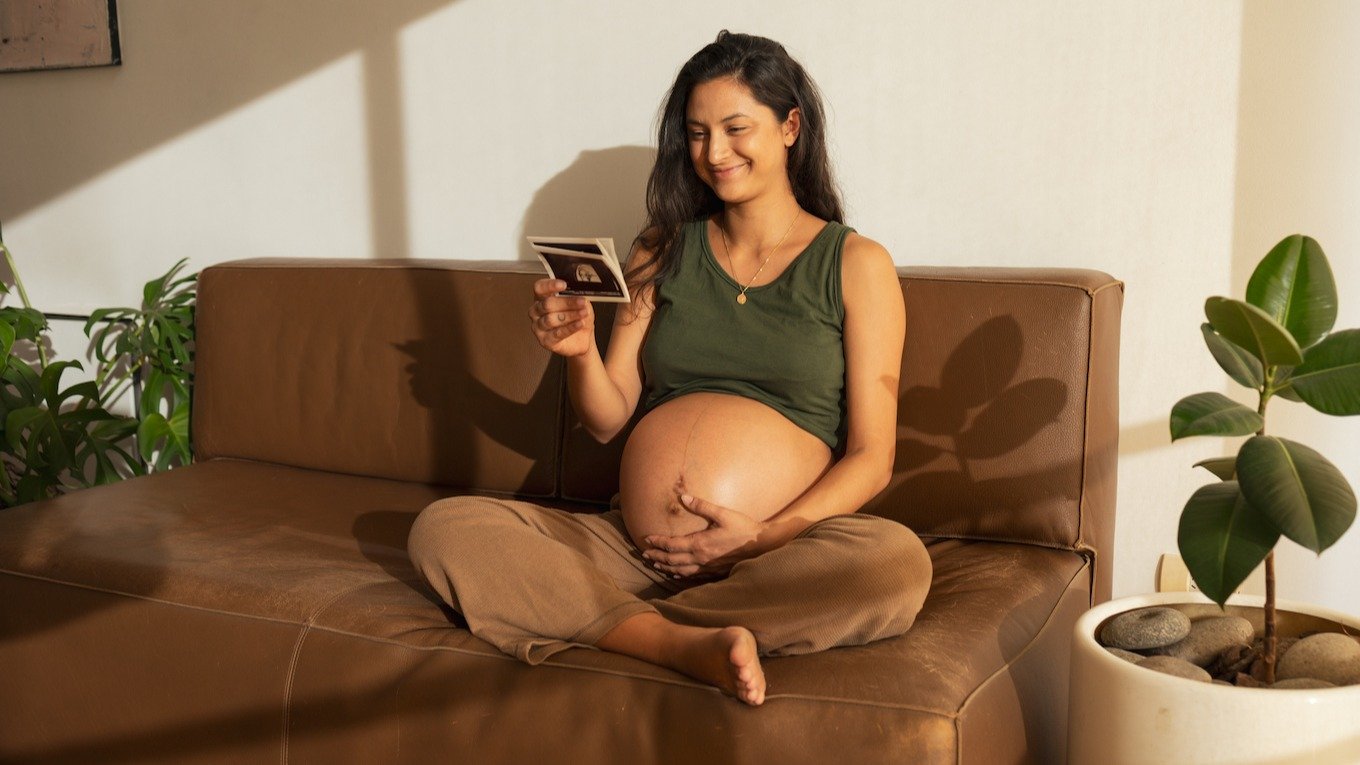
There are so many unknowns in pregnancy and parenthood; it makes sense that parents would want to learn as much as they can to prepare. And that includes learning the baby's sex before it's born. Although some parents may choose to keep that a surprise until delivery day, the overwhelming majority want to know — and they want to know ASAP. Throughout history that's led to a lot of old wives' tales for predicting a baby's sex through all kinds of crazy ways.
Dr. Dallas Reed, chief of genetics at Tufts Medical Center and principal medical adviser at Myriad Genetics, spoke with Mom.com about these old wives' tales and what the best way to determine a baby's sex really is.
More from Mom.com: Baby Name Expert Says Baby Name Trends in 2024 Include Gender-Swapped Names & Space Names
Most People Really Do Want to Know
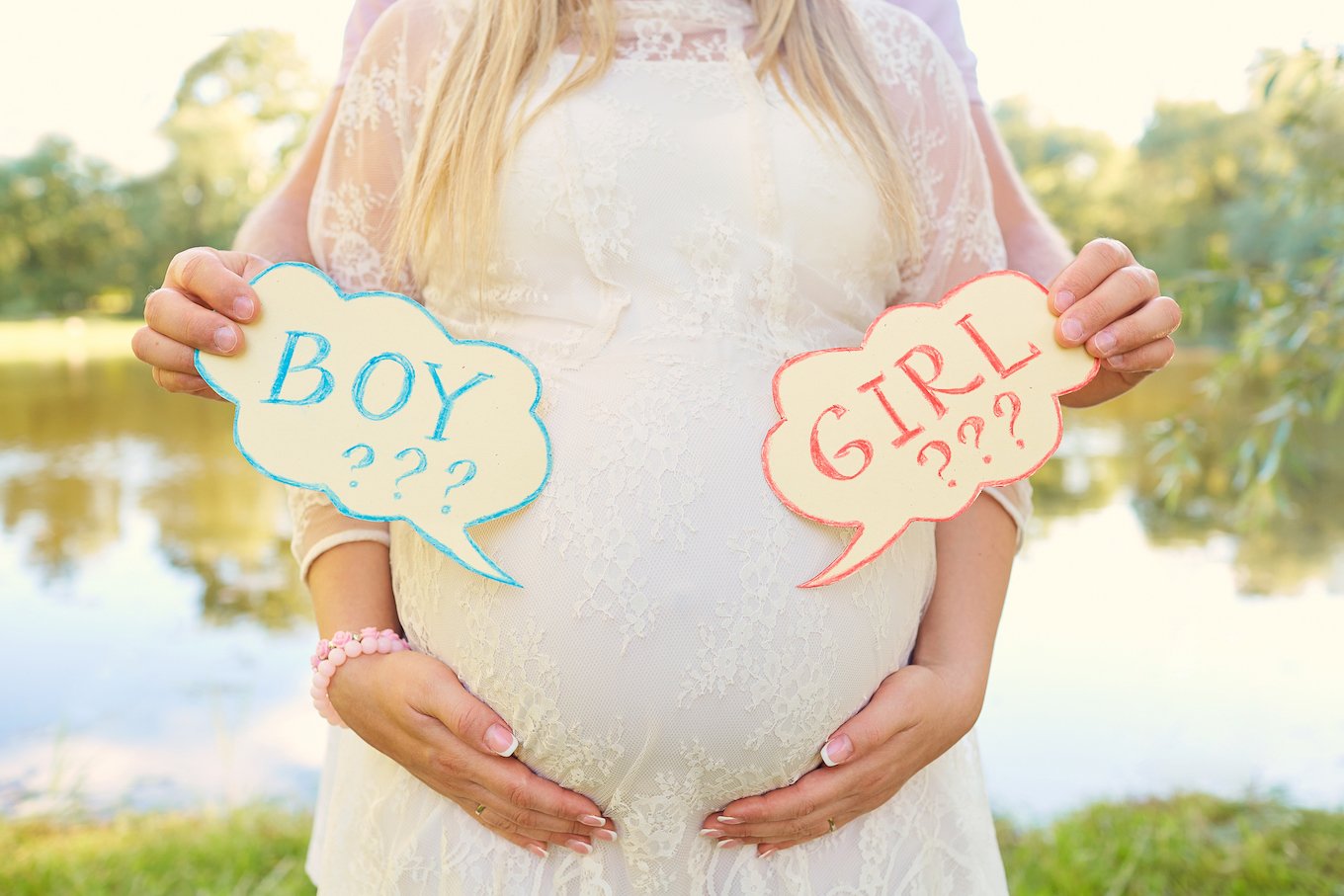
Reed says that a Myriad Genetics study found that 82% of the 1,000 patients polled wanted to know their baby's sex before birth. "They want to be prepared, they want to bond with the baby even during the pregnancy, they want less unknowns as time goes on," Reed explains.
And while medical technology has made it easier to learn that information sooner, moms used to have nine long months to speculate, which gave rise to old wives' tales that still prevail today.
Chinese Calendar
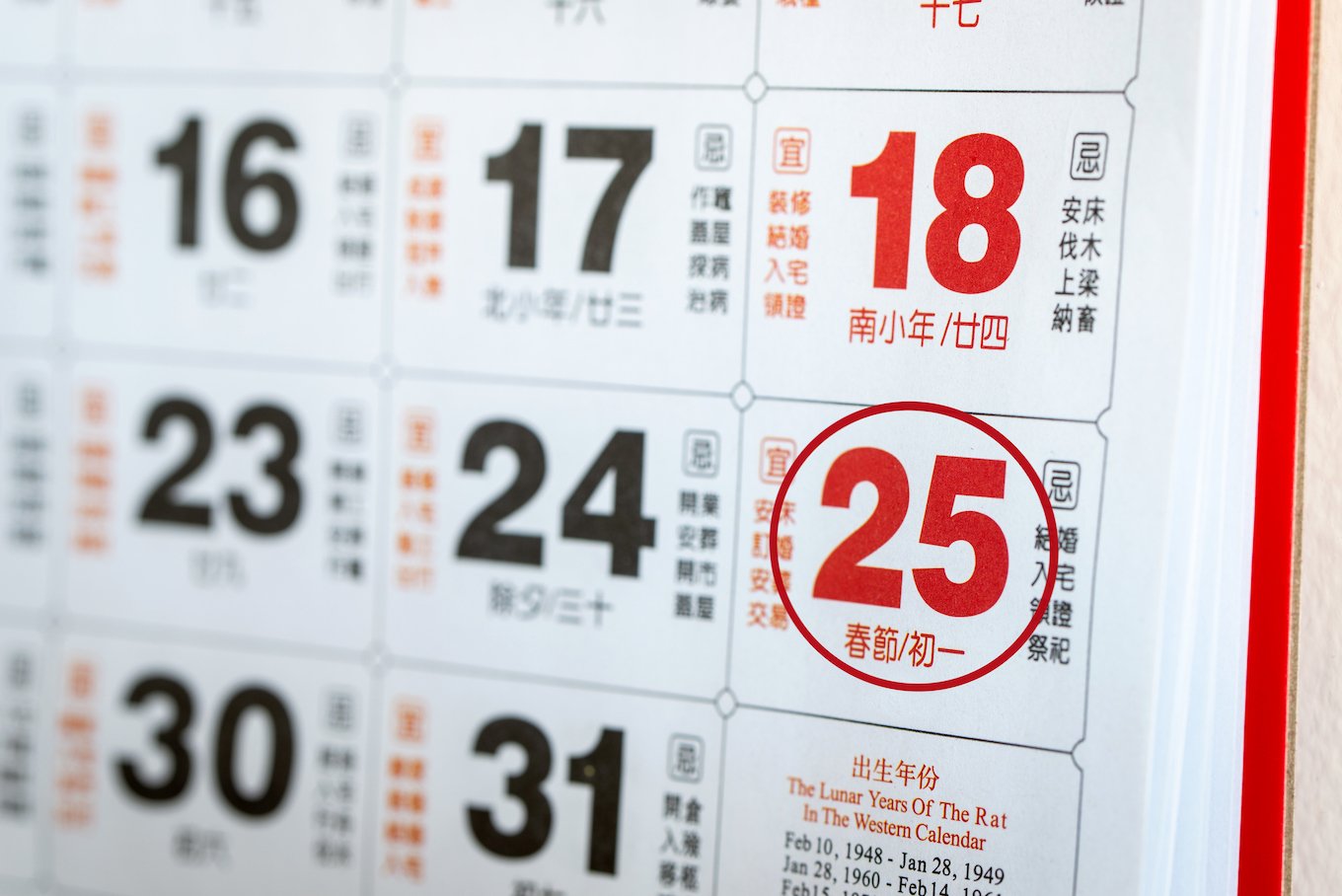
One popular old wives' tale that intrigued Reed when she was pregnant was the predictor that relies on the Chinese lunar calendar and astrology to determine the baby's sex. Parents can take the test on Pampers.com by entering the mom's age at conception and the baby's due date.
But while it's a fun thing to try, it's not any more accurate than any other myth.
Bump Size

Per the BBC, it's long been a theory that bump shape can indicate the baby's sex. A bump that sticks out like a basketball is supposedly carrying a boy, while a more spread out bump conceals a girl. However, Reed says that bump size and shape varies too much to put stock in this tale.
"Everybody carries a little bit differently. That depends on … how long your torso is, what position the baby's in, and also like what number pregnancy this is for you? Is it your first, is it your fifth?" she says. "That all I think has more of a stake in what the bump actually looks like versus if it's a boy or a girl."
Morning Sickness

Morning sickness has been linked to having a baby girl in some studies, according to the National Library of Medicine, but Reed thinks that's more anecdotal than medically backed. And famously Kate Middleton, who suffered from extreme morning sickness, had two boys to her one girl.
More from Mom.com: How Freezing Your Eggs in Your 20s May Be the New Reproductive Revolution
Cravings

Food cravings are a common occurrence for most pregnant people. According to SneakPeek, one of the common old wives' tales related to the baby's sex has to do with which foods are being craved.
Sweet foods or foods high in fat or dairy supposedly mean the baby is a girl, while spicy or salty foods mean the baby is a boy. Like most of the tales on this list, there's no science behind this. If anything, the mom may just be craving ice cream because she needs more calcium, not because the baby is a girl.
Pregnancy Line
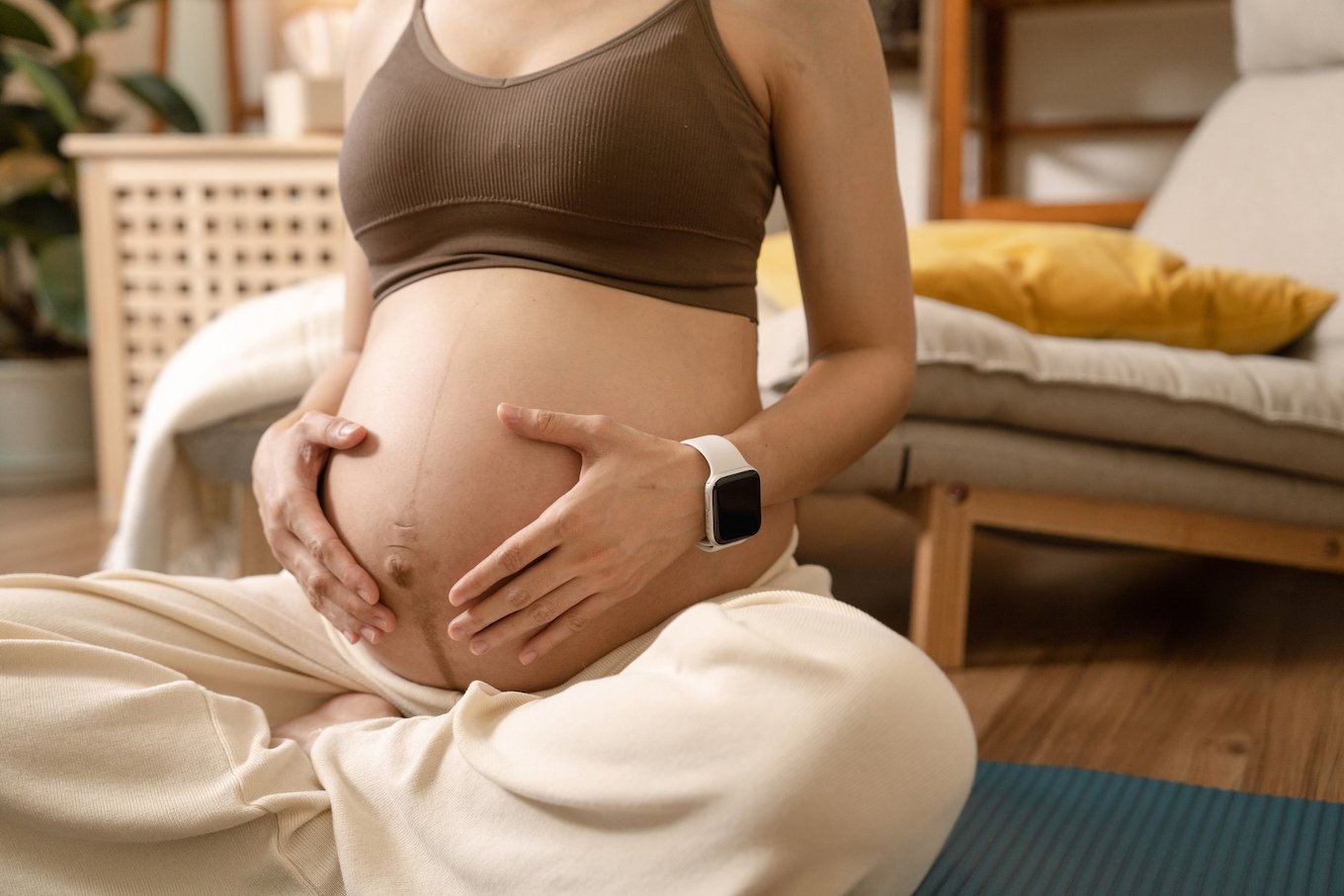
Not everybody gets a dark line on their belly while pregnant, but for those who do — there's an old wives' tale for that. According to Refinery29, it's believed that if the line extends below the belly button, the mom is expecting a girl. If it stops above, then it's a boy. But there's no medical proof of that being true.
Mother's Beauty
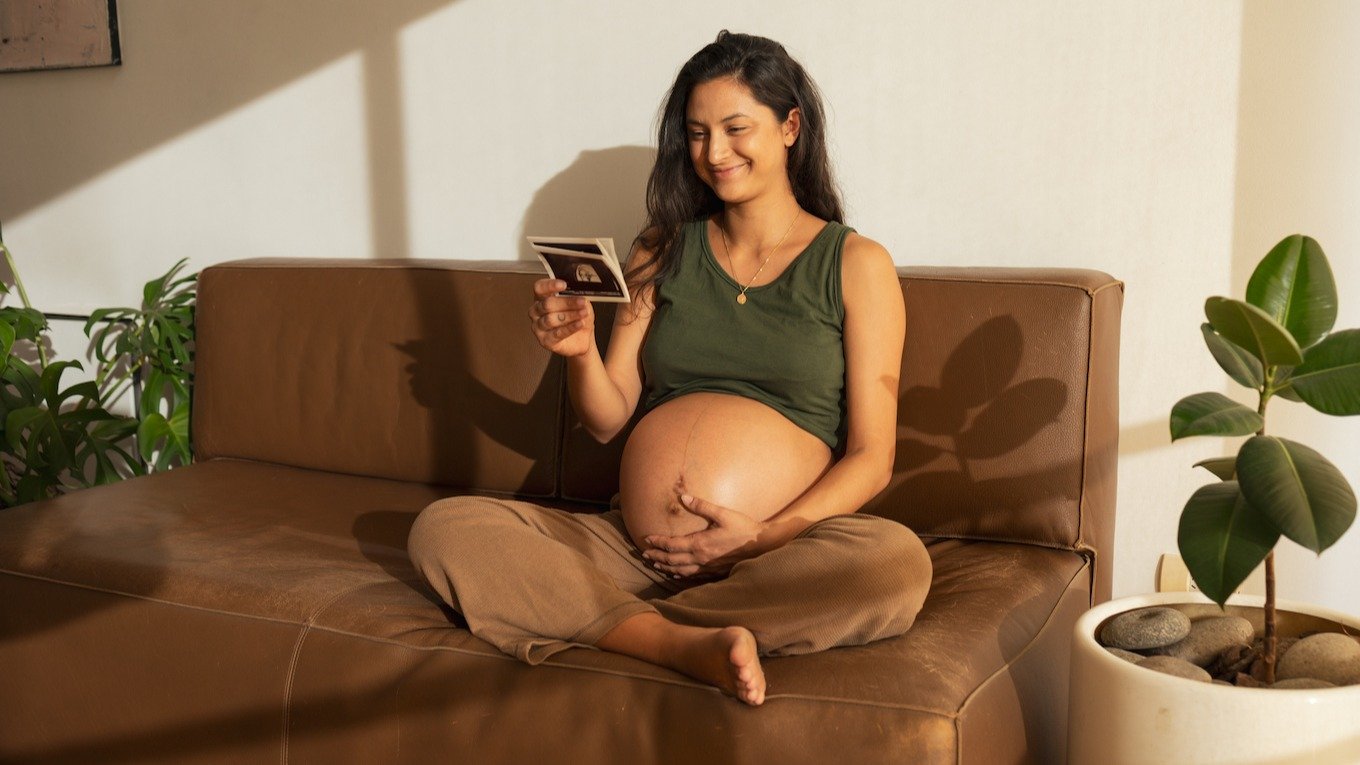
A rather misogynistic old wives' tale is that baby girls "steal" their mother's beauty while in the womb, according to NPR. And while some pregnant women may see a negative shift in their skin or hair, that's not dependent on the baby's sex — it can just be part of pregnancy.
Mood Swings
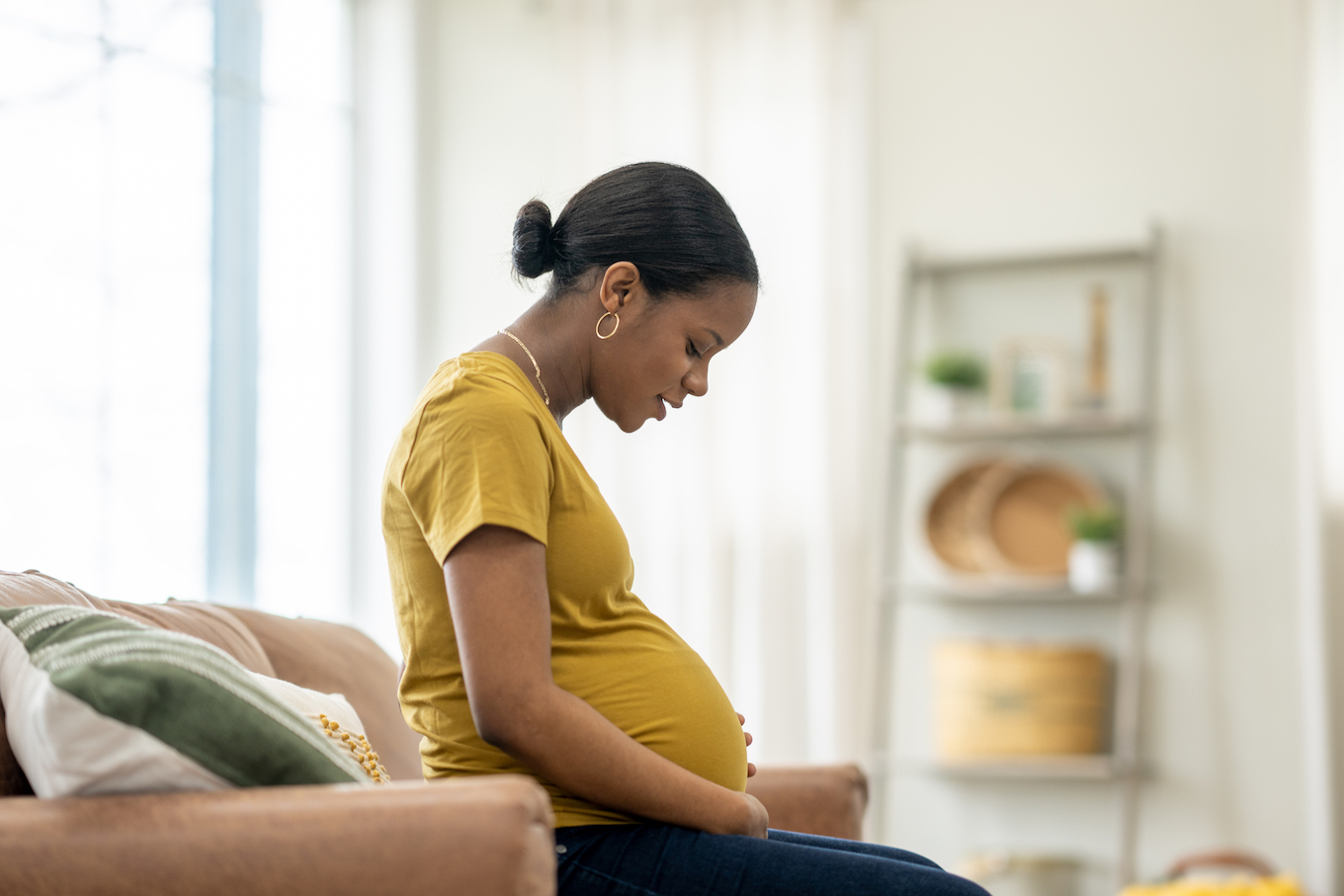
Another tale seemingly based on stereotypes is that different moods mean different sexes. According to The Conversation, supposedly being more emotional during pregnancy indicates a girl and feeling aggression indicates a baby boy. In reality, all kind of emotions are common during pregnancy due to the changing hormones.
Breast Size
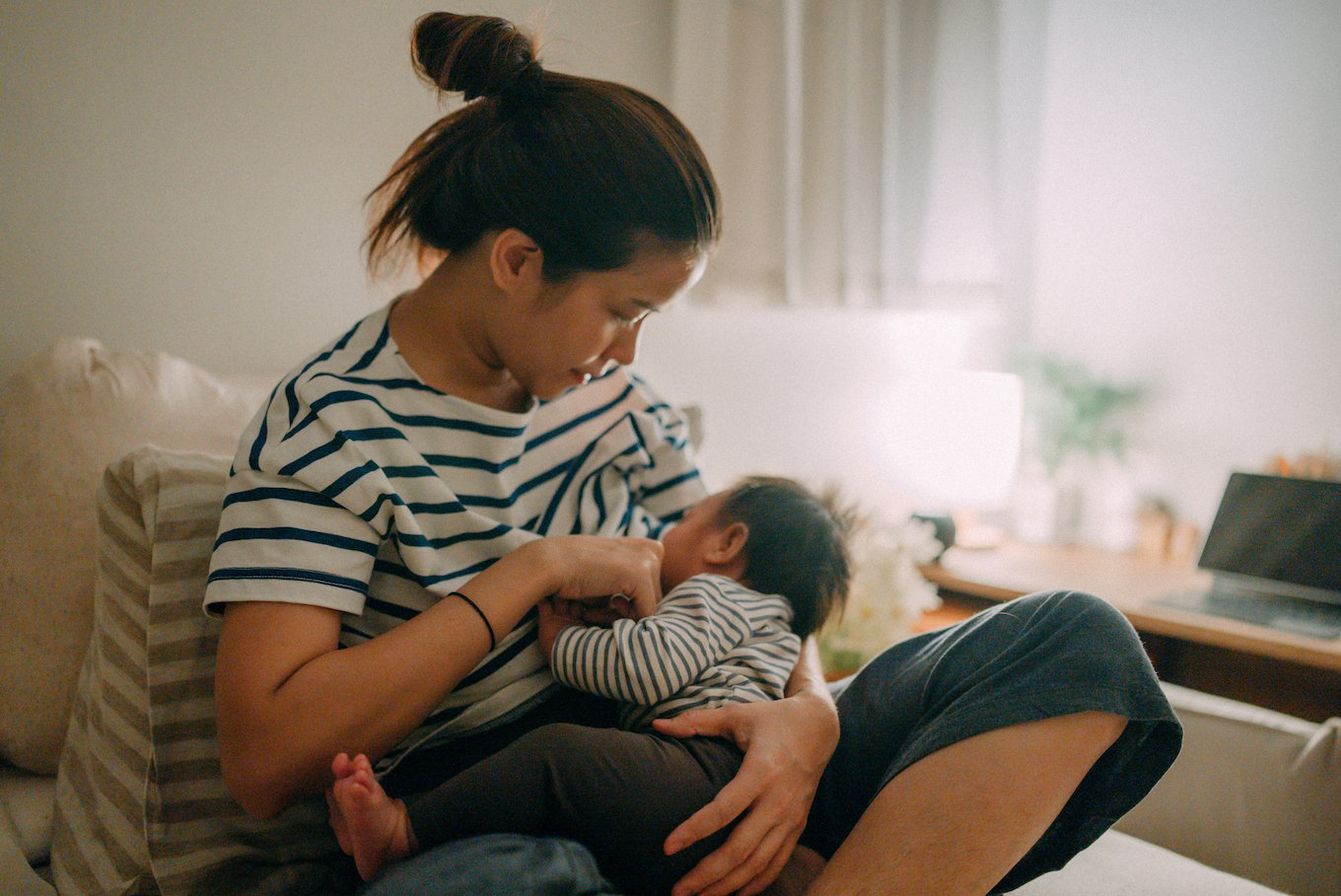
It's common for breasts to change size during pregnancy, but could that indicate a baby's sex? According to the National Library of Medicine, a small study of 120 women in 2011 found that mothers who gave birth to girls had "greater breast circumference changes" than those carrying boys. But with such a small sample size, it's hardly indicative of a real trend.
Weight Gain

According to TikToker @happybelly.pregnancy, one old wives' tale suggests that if the baby's father gains weight alongside the mother the baby could be a girl.
That's not scientifically backed (and it's also heteronormative), but there has been a connection between a baby's sex and the mother's weight gain. Per the American Journal of Obstetrics and Gynecology, data from 2009 and 2010 showed that maternal weight gain was higher when the baby was a boy.
Baking Soda Test

This theory can get a little gross since it requires testing the reaction of the mother's pee when poured into baking soda. Per Medical News Today, the myth says that a fizzing reaction indicates a boy, and a neutral reaction indicates a girl. But medically, those results have nothing to do with the sex.
Baby's Heart Rate
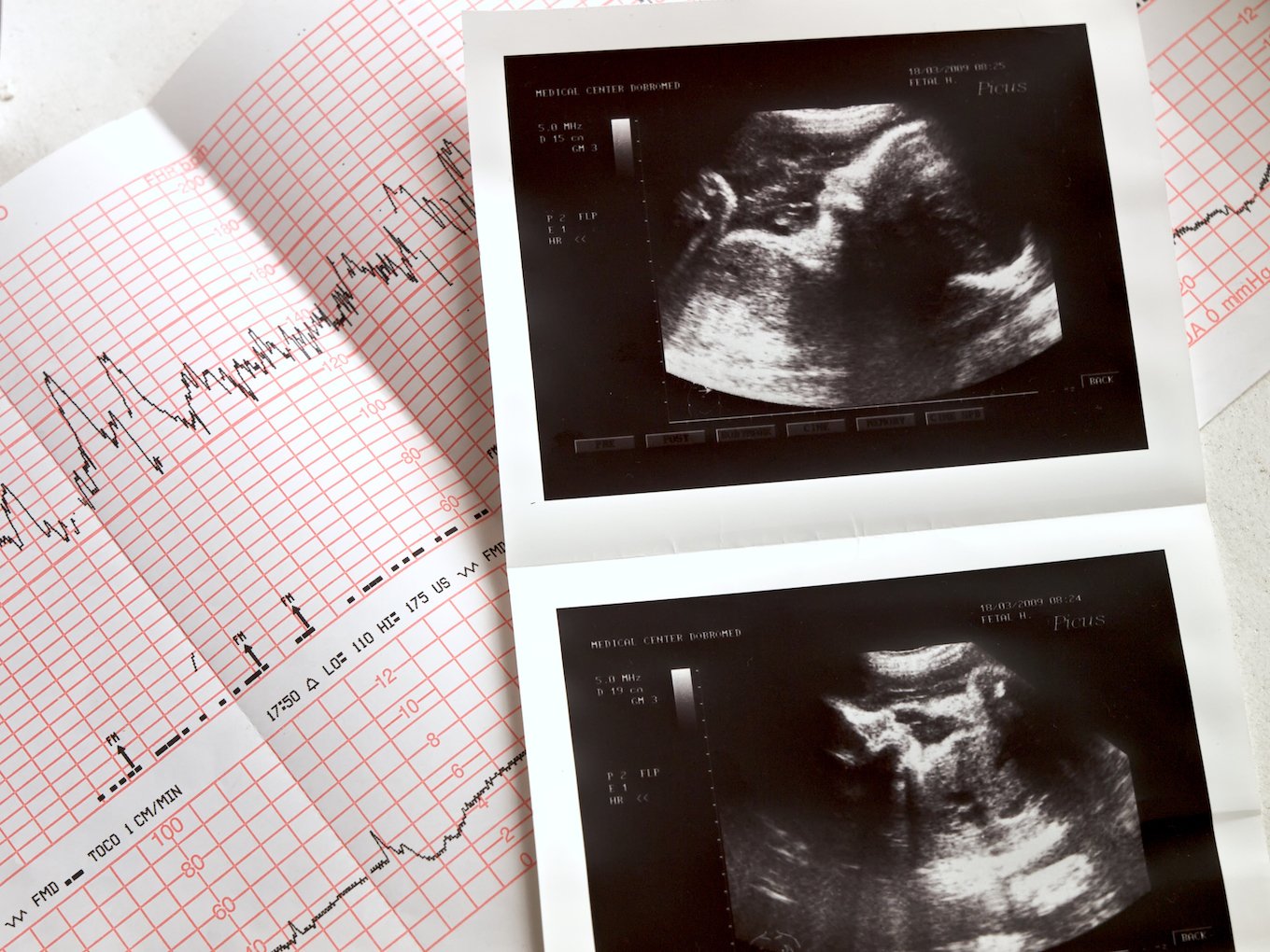
Some research has tried to connect the baby's heart rate to its sex, per Healthline. Supposedly a heart rate over 140 beats per minute indicates a girl. But Healthline reported that other research has indicated there is "not a significant difference between male and female heart rates during early pregnancy."
Sibling's Hairline

This tale doesn't apply to first time moms since it requires inspecting the hairline of the baby's older sibling. As TikToker Amanda Ivanelli explained it, if the previously born child has a straight line where their hair meets their neck, the unborn child is a girl. A curved hairline would then supposedly indicate a boy.
One commenter said that they'd heard the theory was that a straight hairline on the previous child meant the baby would be the same sex as its sibling. This is how old wives' tales work — nobody really knows the exact truth of any of them.
In reality, the sex of any previous baby has no bearing on the next one, says Reed.
Blood Test
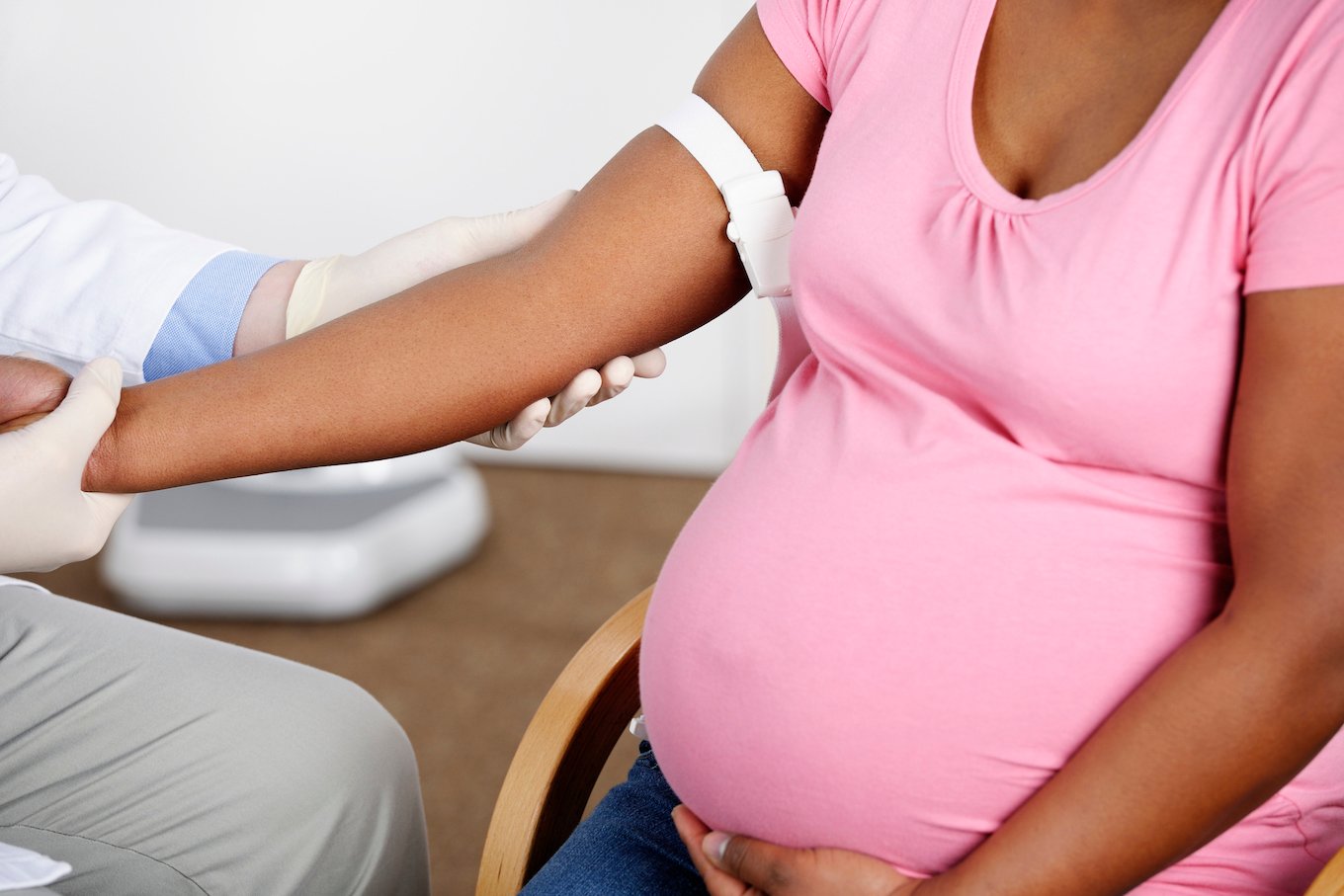
Reed says the earliest and most reliable way to determine the sex of a baby is to use an over-the-counter blood test like Myriad Genetics' SneakPeek test. "It's 99% accurate … at six weeks of pregnancy," Reed says. It even beats out the timeline where an ultrasound can determine the sex.
Coin Flip
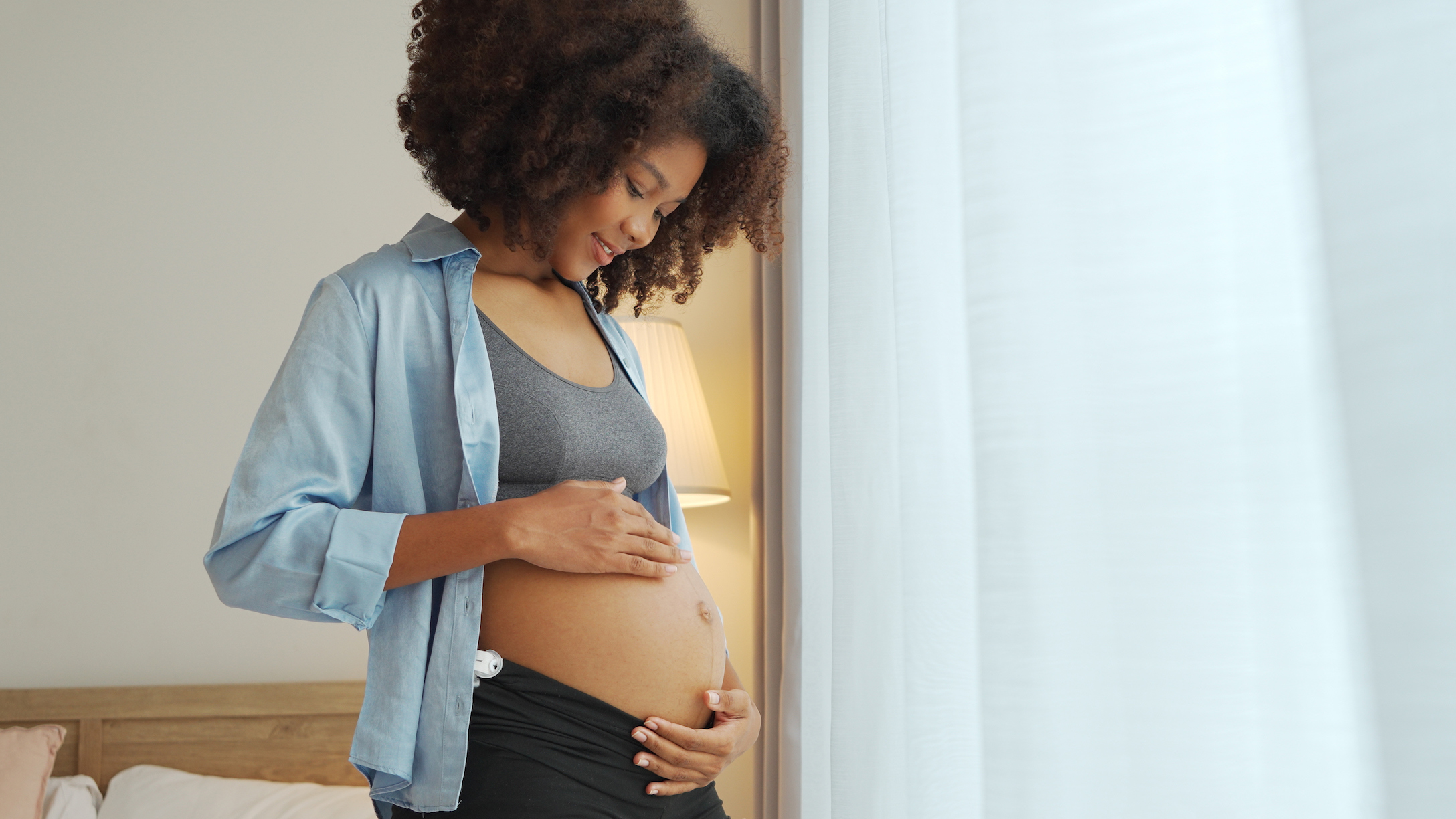
Aside from a medical test like SneakPeek, a genetic screening test, or an ultrasound, every other supposed sex indicator like these old wives' tales is basically as accurate as a coin flip. "No matter what sort of different idea that comes to me in the office about the sex … there's a 50% chance that you're right," Reed says. "And we'll see."


